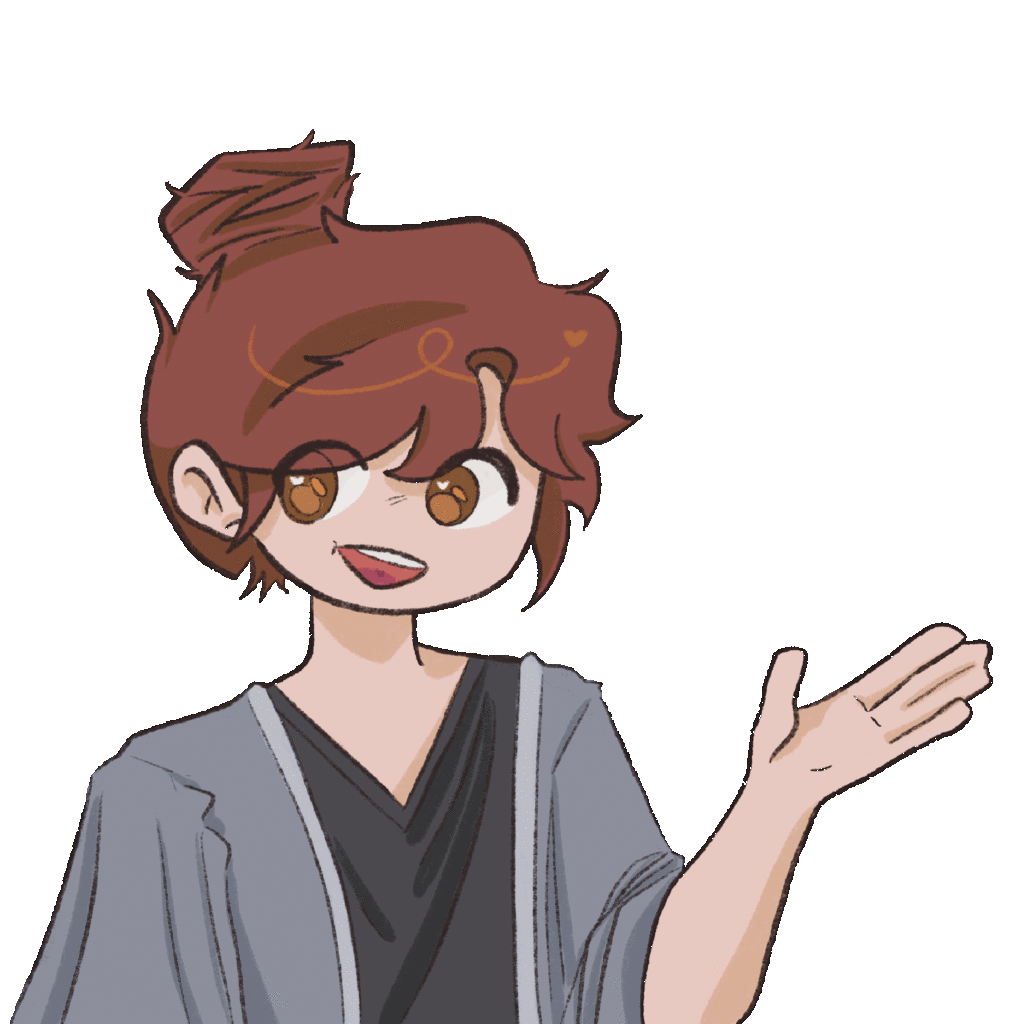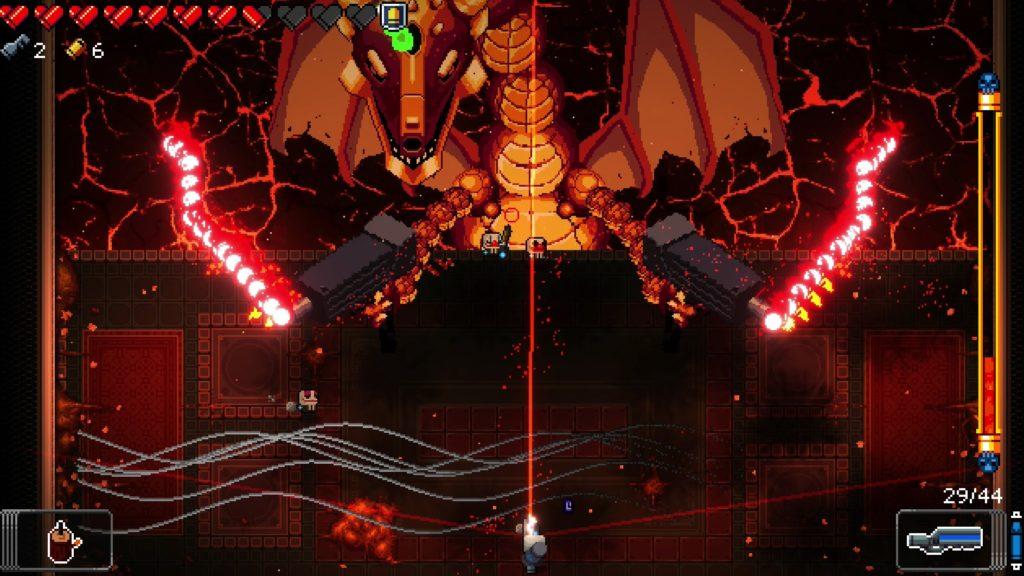This class was a beautiful learning journey that helped me exercise my creativity in ways other CS classes have not. Before this class, I thought game design was not that hard. I thought you just had to have a good concept of a game and nice visuals and that would be enough to make a compelling game. However, there are so many other complex layers that one does not normally think about. How does one keep players coming back without shoving so many updates in their face? How to use audio to your advantage to create a specific game mood? Some class concepts that really stuck with me were the types of fun, types of players, and using architecture in games to help conceal things strategically for gameplay. Our game was a murder mystery half-analogue half-digital game that relied on giving players a bunch of clues to help them find who the killer was. Our first concern was thinking about what type of fun would this be for our players. It took us some time to boil it down to a way of exploration since players are encouraged to read through clues and try to connect them making their own little exploration space. Then we had to think about the type of players that were going to be playing our game. This was bit harder to decipher since at first we had no idea what our storyline was going to be. After some thinking, our group thought it would be good to targer NSO students or new students coming to Stanford so they get to learn a bit more about Stanford. We kept trying to remain in the “exploration” space, so we thought this would be the best time for them to explore since students have that young and curious energy then. Finally, we thought about how we were going to structure our game. This meant we had to be very deliberate with how we were going to present our clues and what players were going to get out of each clue. We found ourselves asking each other what is crucial information that should be given to players at each step and how we could order the clues so the players make better sense of the story. This would help us build a better narrative. Nevertheless, this whole class was an experience where I learned to take a step back and take a lot of small steps to create the best version of a game I could. Unfortunately, you do have to do a lot of playtesting as much as I got exhausted of setting up our game everytime. Next time, I would like to do a fully digital game with more levels.
Comments
Leave a Reply
You must be logged in to post a comment.




Nice! I’d love to see what you make next!